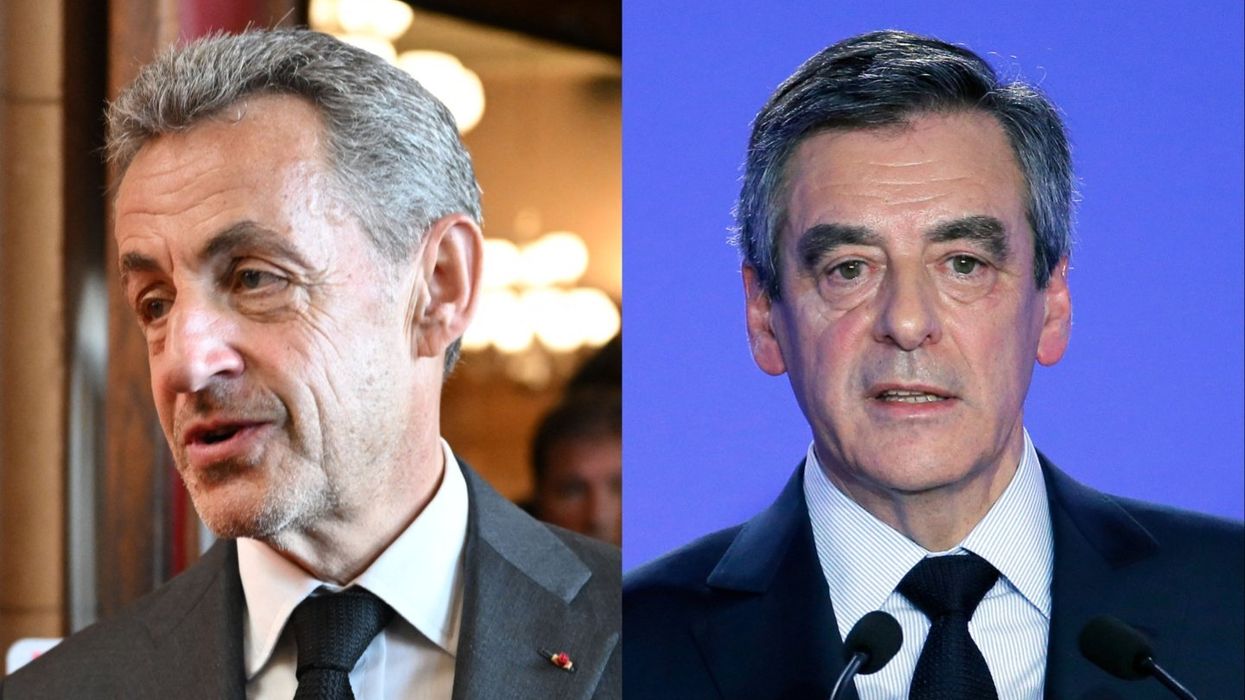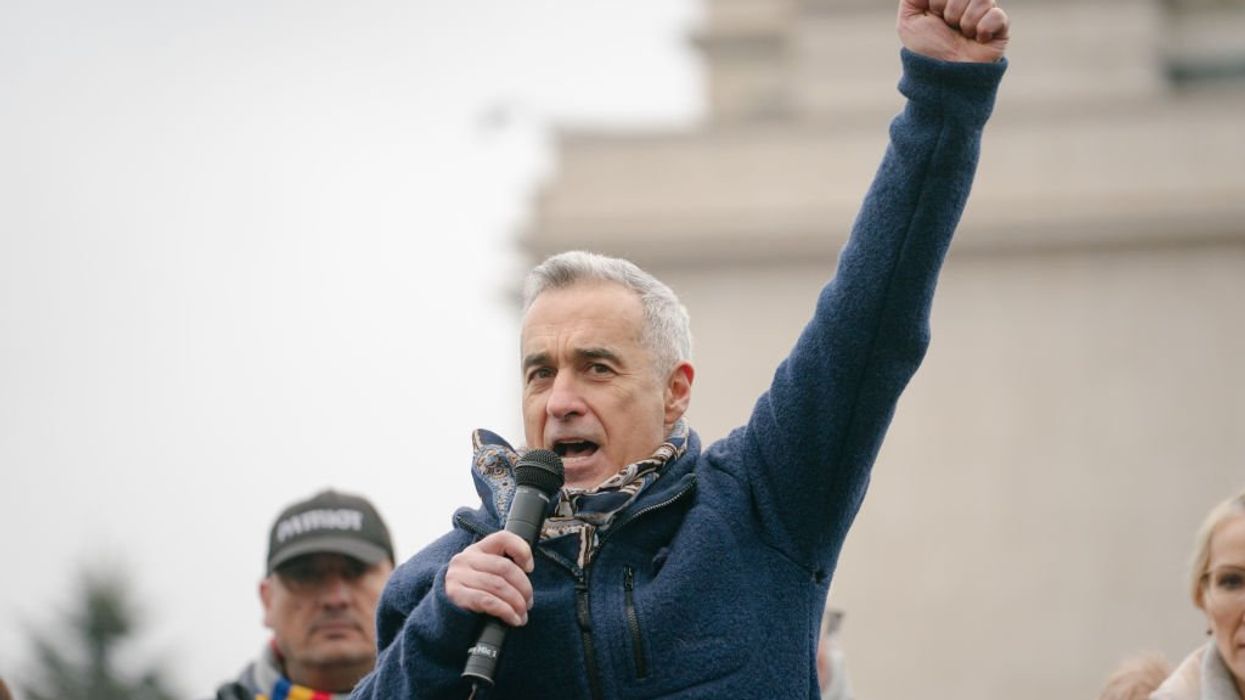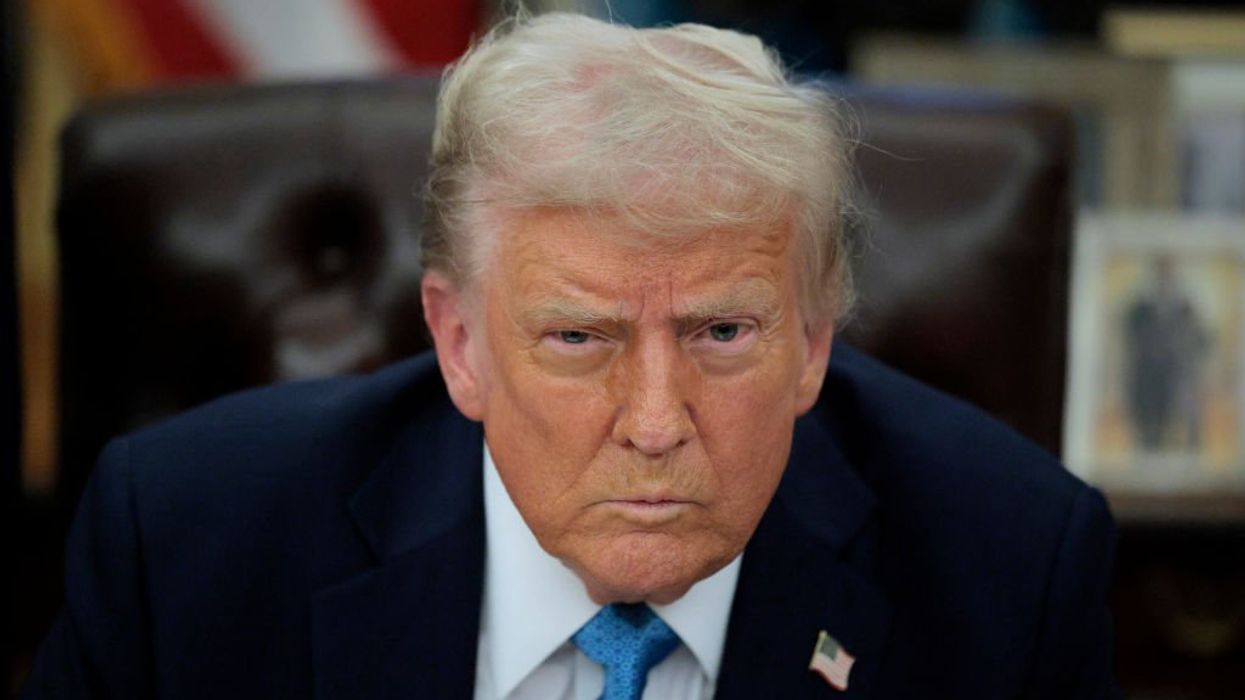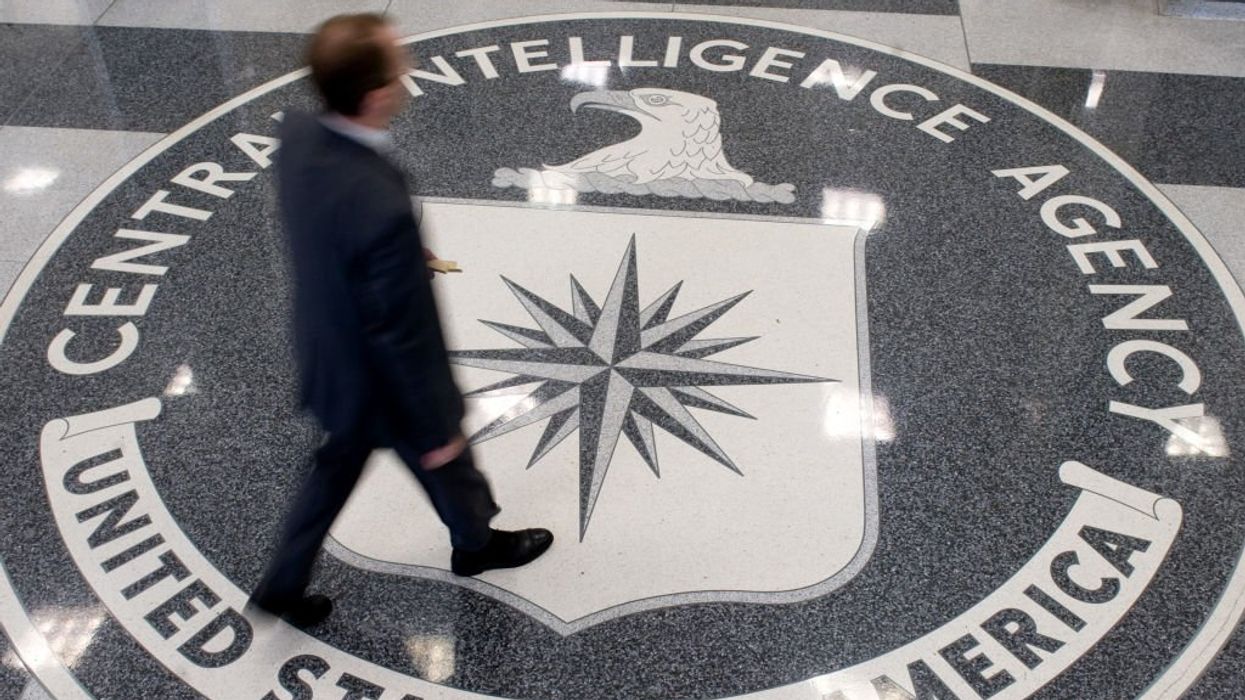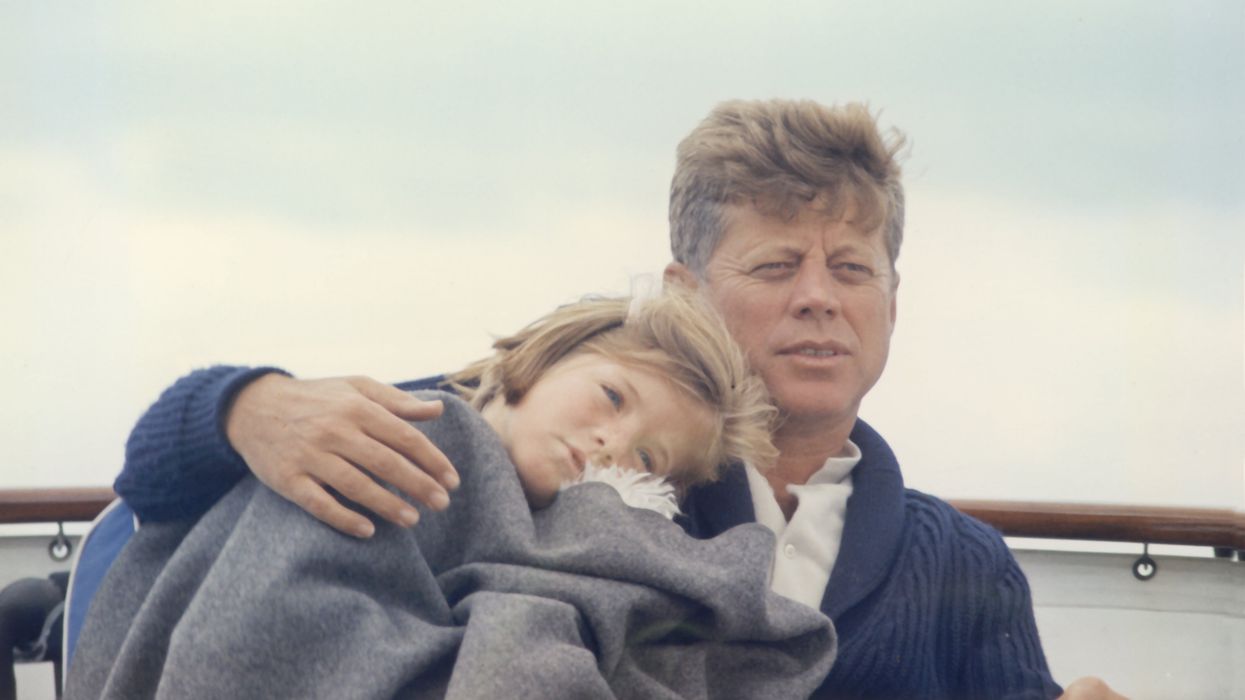On Wednesday's Glenn Beck Program, Glenn laid out the little known history of the October 1986 Reykjavik Summit. With U.S./Soviet relations at an all-time low, the Summit represented a true meeting of good and evil. President Ronald Reagan was prepared for the global stage. The young Soviet leader Mikhail Gorbachev was not.
Below is a transcript of this segment of The Glenn Beck Program
We are being schooled by a master. Vladimir Putin is taking our president to school, and what do we do? The answers really are simple, and they can all be found in history.
I’m going to take you back to 1985 when relations between the Soviet Union and the U.S. were at all-time lows. Anybody who grew up, and you were coming of age in the 80s, you remember, you might not remember the duck-and-cover drills in the classroom, but you knew of them. You knew the location of the bomb shelters, and the threat of nuclear war was still very real. I remember growing up having nightmares about them.
Just two years earlier, President Reagan had dubbed the Soviet Union the Evil Empire, and getting them to agree to anything at all was going to be extremely difficult. He was calling them evil, and that set the world on fire. The arms race was on, but it wasn’t anywhere near finished, and we didn’t know who was going to win. This was the climate of tension proceeding the Geneva Summit where the leaders of the two premier global superpowers, the ones that had all the power, that could destroy the entire planet, would meet for the very first time, and it was good versus evil.
Whatever happened would set the tone for the talks to come. Historic moment and one Reagan was ready for, and apparently, the Soviets were not, because at the time, Gorbachev was the new guy. He was the young kid. He was the guy that was getting all of the whole world to say, “Look, he’s new, he’s cutting edge,” and Reagan was the old man.
Well, when they arrived at Reykjavík…I talked to a guy who actually was there. He watched it happen, and it wasn’t planned. Reagan had planned it in his own head. He had already arrived, and he was well rested and ready to go. And he was waiting for Gorbachev, a man 20 years younger. And he saw the Soviet ZiL pull up, and they started to put a jacket on the president. They said Mister President, it’s very cold, put the jacket on. He said no, and it was freezing temperatures. Reagan knew what he was doing
The rest of them stood around and looked and had no idea why he didn’t want to wear a jacket. Reagan wanted to look like the young man, so he went down the stairs, he greeted the ZiL, opened the door, greeted him, hugged him, and here was the photo op, not the one the Soviets were looking for. The older man now looked like the young man, helping the elderly Soviet premier up the stairs. That is the opposite of Putin’s over-the-top shirtless pictures with tigers and bears and whales and everything else he’s doing. And that’s why Putin is doing those things, he learned his lesson. But our president never did.
Reagan was the tough guy in this duo. He was the one with the street cred. He was the cowboy who said what he meant and meant what he said. He was risking it all. Reagan wasn’t dubbed “the Great Communicator” for nothing. He knew these summits with Gorbachev would be crucial to steering the international debate, especially in the Soviet Union, and here it was live on Soviet TV, Reagan looking like the superior man and the younger man all the way.
It was the first step in reshaping the view of Reagan in the eyes of the Soviet public, and that would set the tone for this meeting and all to come. And it wasn’t dumb luck. It wasn’t happenstance. Reagan spent a lifetime preparing for that moment. Win or lose, his legacy would be forever intertwined with this epic fight against communism and the Evil Empire.
We recently spoke to Ken Adelman, he was Reagan’s Director of Arms Control and Disarmament, about a later crucial encounter between Reagan and Gorbachev.
Ken: In 1980, I was waiting the Detroit to get the nomination of the Republican Party. Someone asked Reagan in the plane, “Ron, why are you doing this? Why are you running for president?” And Reagan said, “I want to end the Cold War.”
In October 1986, President Ronald Reagan took a crucial step toward that goal. He was to meet Mikhail Gorbachev, Secretary General of the Soviet Union, halfway between Washington and Moscow in a place called Reykjavík, Iceland.
Ken: I was in the administration. I was his arms control director, and I was at his side during Reykjavík. Reagan had the backing of conservatives in Congress, but the liberals were complaining that he was too ambitious for arms control, that he was too tough with the Russians.
Every time he made this ideological attack against communism, it did two things: It infuriated the liberals, and number two, it infuriated the communists. And it showed that basically their ideology was expired, their ideology was uninspiring, and their ideology was oppressive. President Reagan expected this to be a very low-key kind of meeting. He expected it to be more of preparation for a summit than a real summit.
But Gorbachev wasn’t wasting any time. He was there to talk arms control.
Ken: One surprise was that Gorbachev wanted to negotiate right there. Another surprise was that both Reagan and Gorbachev wanted to reduce dramatically if not eliminate nuclear weapons. Over those 10-1/2 hours, Gorbachev complained 11 times, maybe 12 times, “I’m making all the concessions,” said Gorbachev, “you’re giving me nothing.”
We went back to the ambassador’s house after the Sunday breakup of the summit, and he was in the living room. And those of us who were on the team could see he was not to be disturbed. He couldn’t sit down. He couldn’t even talk to us. He was just too mad. He was just steaming in the corner, pacing back and forth and back and forth. And he called it the angriest day of his presidency.
Despite the Reykjavík summit’s initial unraveling, Reagan wasn’t giving up. After all, he became president to end the Cold War, and that is exactly what he intended to do.
Ken: Reagan was indifferent to the fight beneath him. He came up with the idea of saying let’s tear down this wall, and on the morning that he gave that speech, which was June 12, 1987, in the car on the way to Brandenburg Gate to give that speech, the deputy chief of staff for the White House was still talking to him, trying to talk him out of using that phrase and using Gorbachev’s name in that phrase. And Reagan kind of looked out the window, and he says, “Well, I know,” he says, “but it’s the right thing to do.” That one meeting at Reykjavík in October of 1986 led to the end of the Cold War.
Anybody reading the book Reagan at Reykjavík will see that Reagan had it all mapped out pretty clearly. Not everybody in the administration did, but he did.

